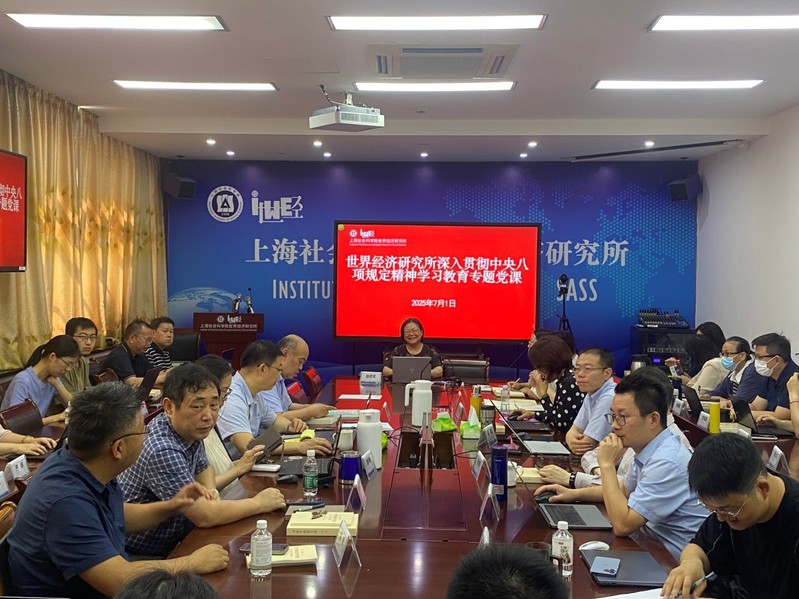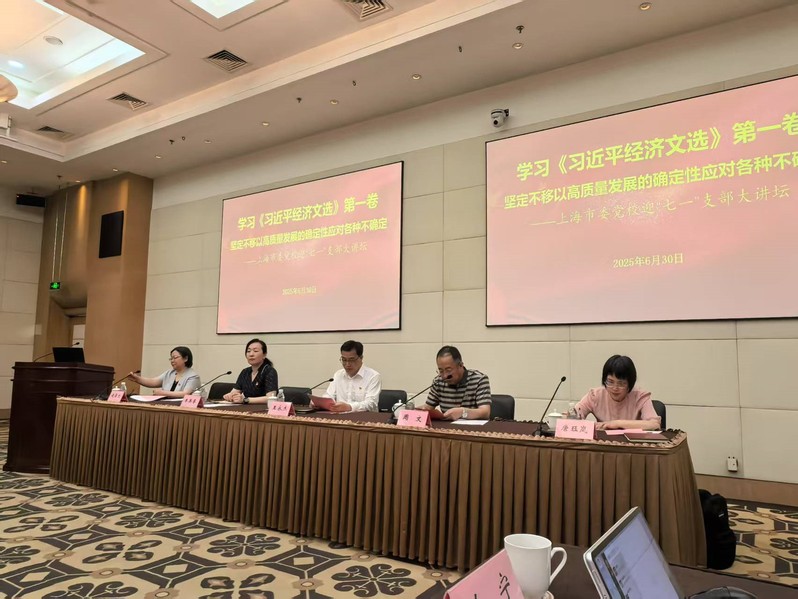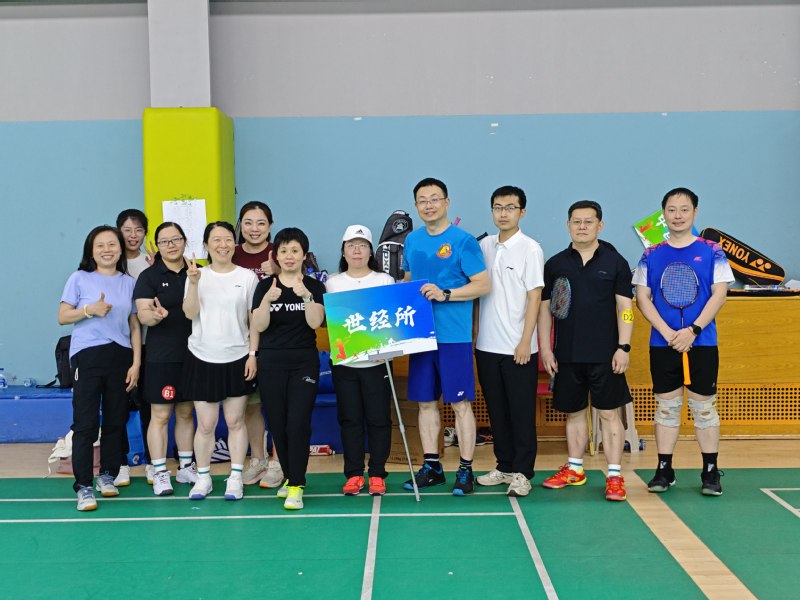Kearney, a world-famous international economic study and consulting company, recently released a report on its study of the global trend of mergers and acquisitions, which says rising economies are getting increasingly active at the global M&A market. China, it says, has proved its strength as a great M&A power, leading other countries in terms of the amount, number and growth speed of M&A deals.
A review of specific cases has revealed, however, that Chinese enterprises have met with quite some challenges when trying to enter the world market, such as misdirection of investment and frustrations in business operations. Some Chinese enterprises have suffered heavy losses, for instance, from their investment in Libya due to the recent turmoil there.
Efforts made so far by Chinese enterprises for a presence in the overseas market usually take two forms: resource-oriented investment and investment in high-end factors, both closely related to the sectors they target at and the ways they follow in their outbound direct investment. Their resource-oriented investment has usually gone to sectors turning out energy or resource products that are becoming increasingly scarce and ever more expensive, while their investment in high-end sectors has been directed mainly at sectors where competition has been fairly more fierce, such as manufacturing of durable electrical appliances and other equipment with moderate technical contents.
Even after securing their status as participating or holding investors through M&A deals, the Chinese enterprises will have to spend quite some time and efforts to dovetail with their overseas partners. Apart from big inputs at the early stage, they will frequently run into various obstacles set up by local government departments or non-governmental organizations, a reality revealing the concerns of the world community over the growing shortage of energy supply and the constant acceleration of contention among countries for scarce resources and posing as a constant hurdle to the outbound direct investment by Chinese enterprises. Another resistance has come from the inborn mentality of hostility against China’s State-owned enterprises. Since China’s State-owned enterprises have always been believed in Western economic theories as being unhealthy, their acts will often be labeled as ‘threats from China.’ When a Chinese State-owned enterprise tries to take over a foreign mineral resource entity, in particular, it will meet with even greater resistance from local conservative forces. Also, the turmoil in a political unstable country will inevitably plunge all foreign investment to political risks.
When it comes to decision on investment projects, some Chinese enterprises would often commit ‘technical mistakes’ due to misunderstanding of the trend of industrial development and rash evaluation of their technical advantages. Some manufacturing enterprises, for instance, may take up projects involving outdated technology and big market risks due to immaturity of their plans on international operation, lack of long-term technology strategy or innovation roadmap for integration of domestic and overseas resources, or ambiguous understanding of the trend of development of the mainstream technology and market of an industry. As a result, they will not but greatly waste their resources for international operation.
In view of the above understanding, this author would like to put forward the following suggestions for Chinese enterprises to go out and advance their international operations:
First of all, private businesses should be encouraged to participate in resource-oriented investment projects, and businesses of other types of ownerships should be brought to take part in overseas M&A deals, moves that will play a positive role in bettering the use efficiency of overseas investment. As for enterprises that have already started projects in foreign lands, efforts may be made to extend the value chain of these projects by way of creating equity or contractual ventures or launching local undertakings for in-depth processing of resource products so as to share weal and woe with local businesses and get along with all other local circles in good harmony.
Secondly, Chinese enterprises should target a wider variety of sectors during their going-out drive instead of keeping their eye exclusively on capital operations or relying merely on their own strength for boosting international operations. Instead, they should make active efforts, during the course of investment, to explore ways for integration with carriers of modern services relating to overseas operations. As for the specific ways to follow in this field, pertinent Chinese service providers may set up agencies abroad to serve Chinese businesses operating there. Governmental or semi-governmental investment promotion bodies may also be created to provide an integrated array of services, such as legal services, business services, management consulting, as well as R&D services, just as the Japanese Industrial Development Promotion Organization and the Hong Kong Trade Development Council have exemplarily done to offer their overseas businesses a whole set of services including legal and intelligent support.
In the third place, active efforts should be made to diversify projects of overseas cooperation. Apart from investment projects facilitating access to the R&D and business channels of developed countries, cost-oriented projects of outbound direct investment should also be actively explored. Some manufacturing centers moderate in technical content may be transferred, for instance, to regions where labour is even cheaper than in China. The experiences in international operation developed by the electronics sectors in some Southeast Asian economies during the 1990s may be borrowed here. It may be considered to transfer some finished products processing centers with design capacities to neighbouring countries, and extend the transnational value chains of Chinese enterprises through promotion of outbound investment so as to increase production efficiency and contain the constant growth of costs inflicting the Chinese manufacturing sector.
China US focus





